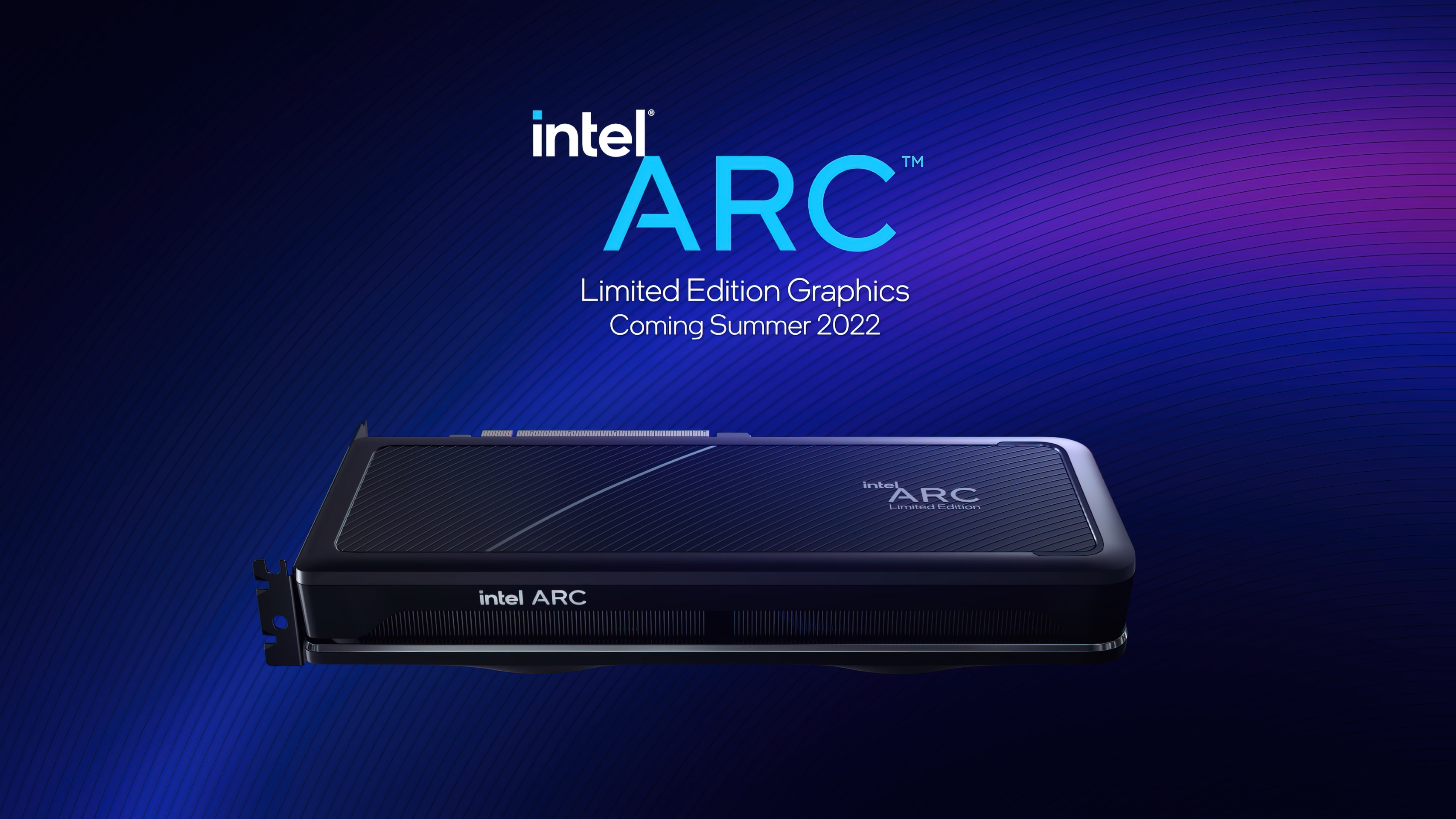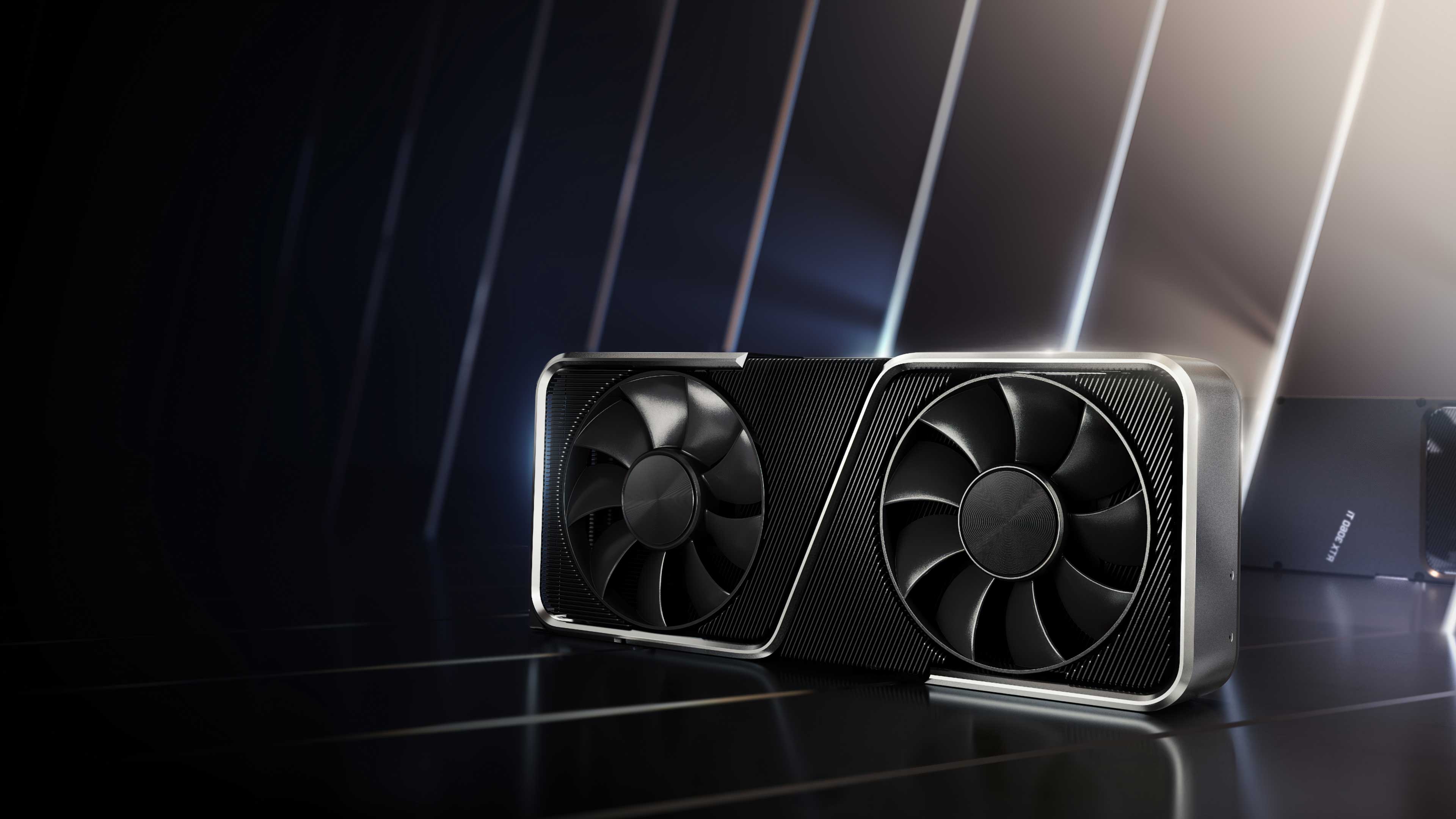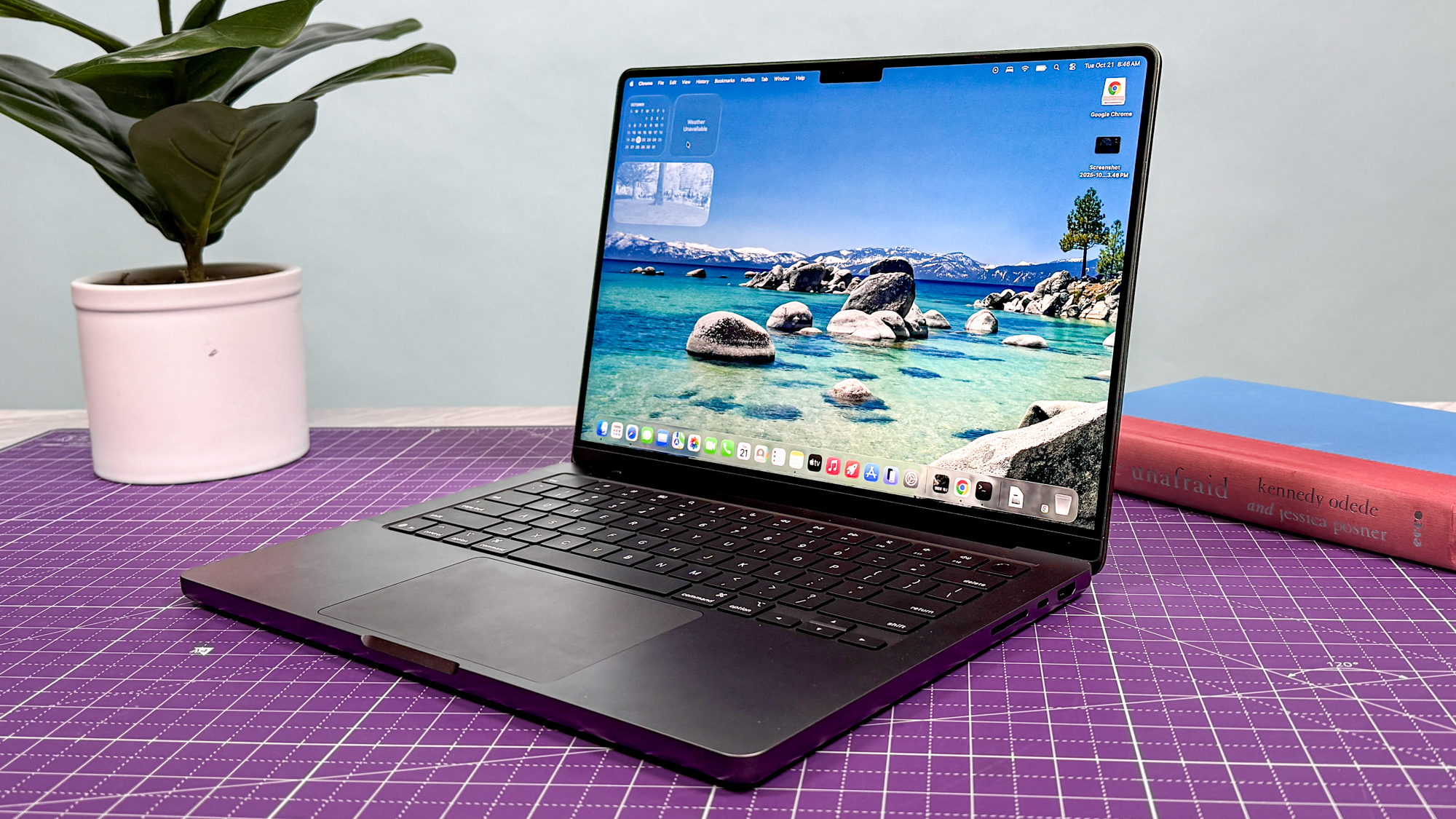Intel Arc GPUs are here — so why is nobody talking about them?

The first Intel Arc desktop graphics cards have been on the market for months now. Both the Intel Arc A750 and Intel Arc A770 have decent specs and are generally more affordable than Nvidia’s GeForce and AMD’s Radeon graphics cards. Given how the latter two have long been the only options for prospective GPU buyers, Intel’s cards present a potential viable third option.
Unfortunately, there has been little fanfare for Intel Arc cards. Though some see potential in Intel’s GPUs, the larger computing and gaming communities don’t seem all that enthused. In fact, if you don’t keep up with consumer tech news, you may not know that Intel even launched a new line of its own discrete graphics cards. That’s not good news for Intel.
In this article we’ll break down why Intel Arc desktop GPUs haven’t garnered more attention, and why it matters as get ready to head into 2023.
Launched too late
Let’s state the obvious: Intel did a poor job launching its Arc GPUs. The Arc A-series for laptops was released in late March, but the desktop Arc 5 and Arc 7 were delayed from summer all the way to October. The delay was bad enough, but in this instance, it was potentially fatal.
The Arc A750 and Arc A770 launched on October 12 — the same day the Nvidia GeForce RTX 4090 released. The Nvidia GeForce RTX 4080 dropped not long after on November 16, while AMD’s Radeon RX 7900 XT and Radeon RX 7900 XTX launched on December 13.

If the Arc desktop series released during the summer, it would have been the only new GPU option available at the time. Now, Intel has to directly compete with brand-new cards from its rivals. The company missed a huge opportunity by not launching its desktop GPUs when it originally planned.
Mid-range specs
Back in July, Intel pitted the Arc A750 against the GeForce RTX 3060 and compared their relative performance across a range of games running at 2560 x 1440 resolution and High preset settings. As Intel’s Ryan Shrout explained, all tested titles ran better on the company’s GPU. This includes F1 2021, which ran 17% better, all the way to Fortnite, which ran 6% better.
Get instant access to breaking news, the hottest reviews, great deals and helpful tips.
Those are the company's results, so make of them what you will. With that said, the marketing suggests the current crop of Intel Arc GPUs are for consumers looking for mid-range cards that deliver good performance and don't break the bank.
Speaking of price, the Intel Arc A750 and A770 cost $289 and $329 (respectively). The entry-level Arc A380 is even more affordable at $139.
Those prices are enticing, especially after nearly two years of over-priced graphics cards on the market. However, it also means you’re not getting cutting-edge graphics and performance from these mid-range cards. This isn’t something first adopters in the PC gaming space are necessarily looking for.
Weak driver support
Arc GPUs work well enough on modern computers. But if you’re playing DirectX 11 titles or older, you might run into some problems. Intel recently released a driver update that boosts the performance of DirectX 9 titles, but it's clear that older games will have problems running on Intel's graphics cards.
In its Intel Arc A770 Limited Edition review, sister site Tom’s Hardware said that Intel Arc drivers were “finicky.” Fortnite failed to launch during the site’s testing, for example. Intel eventually released updated drivers to fix this issue, but it underlines the fact that Arc GPUs aren’t quite as game-ready as their competitors yet.
Unknown commodity
Intel is well known for its CPUs, but its Arc GPUs represent an unknown commodity. People know what they’re getting with an Nvidia or AMD card. To be more specific, they’ll know how well their PCs and legacy games will work with those graphics cards. The same isn’t true about Arc GPUs, as we discussed in the previous section.

Brand loyalty is another factor to consider. Getting an Nvidia or AMD enthusiast to ditch their favorite company’s GPU for Intel will take considerable work. Nvidia is the current king of GPUs and AMD has made considerable progress with its GPU offerings in recent years. It might take a long time (and better driver support) for Intel Arc GPUs to garner a loyal fanbase.
Outlook
With AMD and especially Nvidia so deeply entrenched in the GPU space, it won’t be easy for Intel’s Arc GPU to gain traction. Even if the cards had a flawless launch, it’s doubtful they would have unseated the current (and only) kings of the GPU market. With that said, we think Intel should be commended for throwing its proverbial hat into the GPU race.
Intel Arc desktop GPUs had a rocky start but, given enough time, future iterations could rival Nvidia and AMD. It’s impossible to say when this could happen, however. Let's not forget that AMD has been trying to beat Nvidia for years and is only now making some headway. It’s also possible Intel could abandon its GPU venture entirely. After all, the Arc series isn’t the company’s first foray into the GPU market. But if future Arc GPUs deliver the goods, then the GPU wars are going to become more interesting.

Tony is a computing writer at Tom’s Guide covering laptops, tablets, Windows, and iOS. During his off-hours, Tony enjoys reading comic books, playing video games, reading speculative fiction novels, and spending too much time on X/Twitter. His non-nerdy pursuits involve attending Hard Rock/Heavy Metal concerts and going to NYC bars with friends and colleagues. His work has appeared in publications such as Laptop Mag, PC Mag, and various independent gaming sites.

